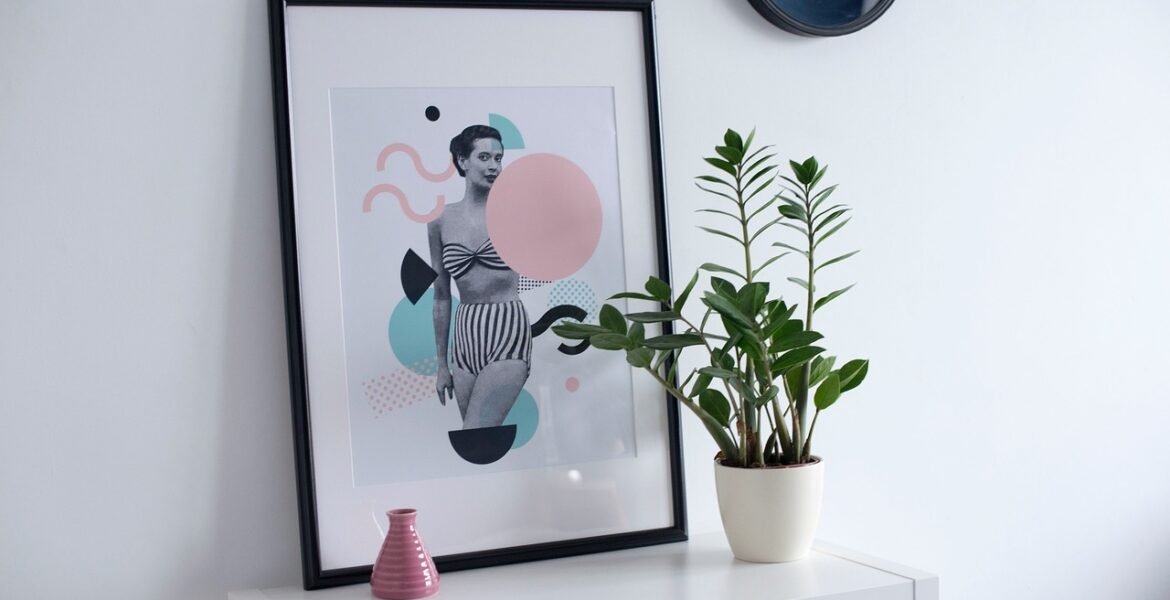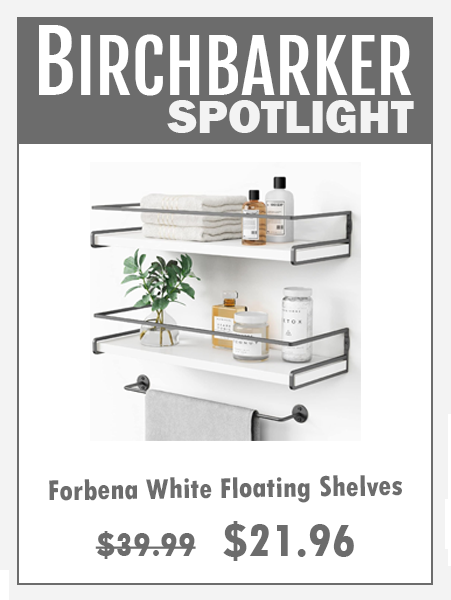
Making a Space Feel Lived-In Without Clutter
A home should feel lived-in — but not crowded. That balance between presence and simplicity is what makes a space feel calm, personal, and ready to be used.
Clutter builds when objects lose their place or purpose. A lived-in feel comes from care: what’s chosen, where it sits, and how it holds meaning.
Here’s how to create that feeling of life — without the mess.
Start With a Quiet Focal Point
Choose one area to ground the space: a table with a soft stack of books, a low bench with a throw, or a corner with a small sculpture. Keep it clear enough to feel intentional, but layered enough to feel used.
It doesn’t need to be big — just something that gently signals attention. A single lamp or a ceramic bowl can set the tone for everything around it.
Use Functional Objects That Look Good
A folded blanket, a stone tray, a linen journal — these are useful, but also textural. The best lived-in spaces blur the line between tool and decor. Even small necessities — matches, coasters, reading glasses — can become part of the visual language when placed with care.
Leave Room for Breathing
Not every surface needs to be filled. Empty space around an object helps it feel considered. A well-placed gap is a form of design. Think of air as part of the composition — like white space on a page. Let each object have its own moment.
Add One Element in Progress
A book left open, a glass half full, or a scarf casually placed on a hook — these tell the story of someone passing through. They hint at rhythm without creating chaos. It’s about presence, not mess. Just enough gesture to suggest the space is being used, not staged.
Repeat Textures, Not Just Colors
Repetition calms. Pick one or two materials — clay, wool, brushed metal — and echo them across the space. It brings cohesion without forcing a palette. Let your space feel collected, not matched. A linen pillow here, a paper lampshade there — the threads don’t need to be obvious, just consistent.
Make It Personal, Quietly
A photo, a handwritten note, a framed sketch — nothing loud. Just one detail that’s yours. That’s often enough to make a room feel like it belongs to someone, not just something. Avoid heavy sentiment or clutter. Instead, choose something subtle that only reveals itself when noticed — like a pressed flower, or a slip of handwriting in a tray.
A Final Thought
A lived-in space doesn’t mean lived-on. With a few thoughtful gestures — and a little restraint — you can shape a room that feels active, familiar, and calm, all at once.
You may also like
Trending…






